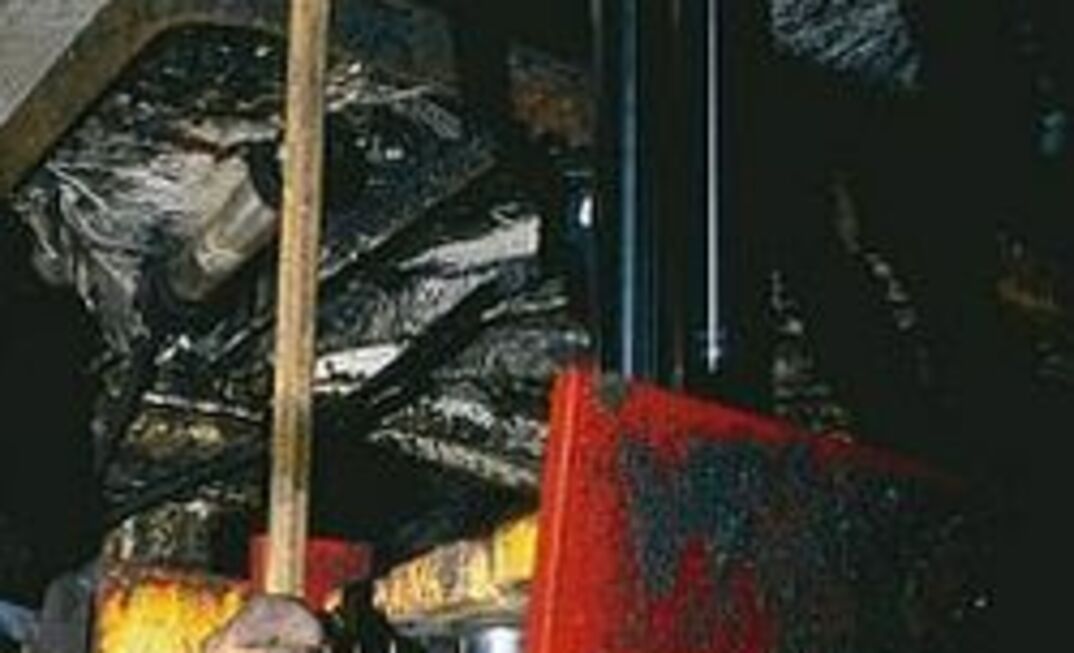Published in the March 2006 American Longwall Magazine
They identified that drill boom vertical velocity was a key factor and decided it was prudent to do their initial studies using virtual humans and computer simulations. By using these computer techniques, they would not place employees in danger, nor would they be burdening company production demands.
In 1999, the team completed a feasibility study, and two years later they formulated and completed a model of a roof bolting machine and virtual human operators. Shortly thereafter, they began verifying, testing and analysing the data, and the technical notes were published in 2005. The technical notes focus on what Ambrose identified as the most important variable of the study – how users operate the machine.
To develop the simulation, Ambrose recruited 12 operators (10 male and two female) whose individual features, such as height and weight, were all used to develop the virtual operator. Each of the participants was asked to demonstrate the operation of the bolter while their movements were recorded by a computer.
Ambrose and his research team specifically looked at each person’s movement while operating the boom arm appendage at different speeds. They focused on the operators’ trunk, arm and leg positions. Seam height was also taken into consideration because it serves as a postural constraint and affects body movement.
“A total of 35 simulation scenarios were developed representing seam heights, work postures, risk behaviours and boom speeds,” he said, and after running 5250 simulations or “observations” he had a research database equivalent to 12.15 eight-hour shifts of roof bolting work.
This approach gave Ambrose an ideal collection of data for the analysis, and one of the benefits was the ability to compare each operator’s individual features, seam heights, work postures, risk behaviours and boom speeds.
A major find was that boom speed and control of that variable was the most vital factor for assessing the risk level for an individual.
There were several other significant findings from the project, according to Ambrose, the most significant being that incidents of contact with the moving boom arm were more likely when it was moving upward.
Additionally, the operator contact with the boom arm was always greater for the user’s hand and always greater for the boom arm part of the machine.
“Next on the agenda to study is boom arm swing [horizontal] speed. Expected outcomes include lateral boom swing velocities, possible control and procedural modifications to minimise inadvertent control actuation,” Ambrose said.
Ambrose and his team have found that their half-decade of study equates to a better understanding of man-machine interactions that affect safety in the everyday underground environment.
Simulation and modelling is providing information about what can be changed to make mining’s future safer for roof bolters, he said.
“[The possibility exists for] mine operations and bolting manufacturers to train people on safe bolting practices or make changes to bolting machines to protect workers.”

























